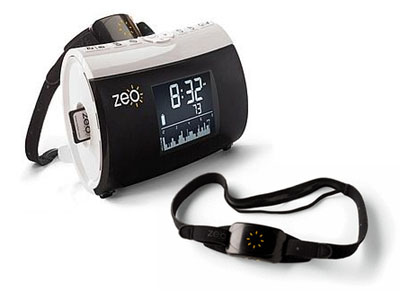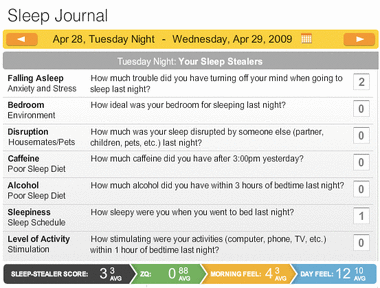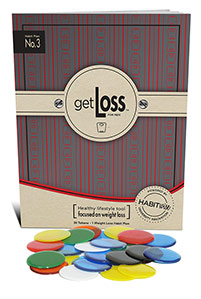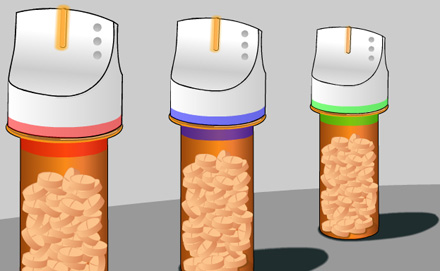Tune Org Change Tactics to How Minds Work
Monday, September 21st, 2009 The standard model for driving organizational change is to tell employees a compelling story of why they must change; have leaders model the new behaviors; create reinforcing mechanisms (systems, processes, incentives) and build capability or the employee skills required to enact the new behaviors. Despite it common sense appeal and academic grounding, this model rarely if ever fully works. But why?
The standard model for driving organizational change is to tell employees a compelling story of why they must change; have leaders model the new behaviors; create reinforcing mechanisms (systems, processes, incentives) and build capability or the employee skills required to enact the new behaviors. Despite it common sense appeal and academic grounding, this model rarely if ever fully works. But why?
According to the authors of The Irrational Side of Change Management in the McKinsey Quarterly, the answer is that change leaders fail to take into account the “irrational but predictable” aspects of how employees interpret their environment and decide to act. This is of course just another way of saying that they don’t factor the cognitive needs of employees into the implementation and therefore fail to produce results.
The authors offer nine suggestions and insights, and I quote:











